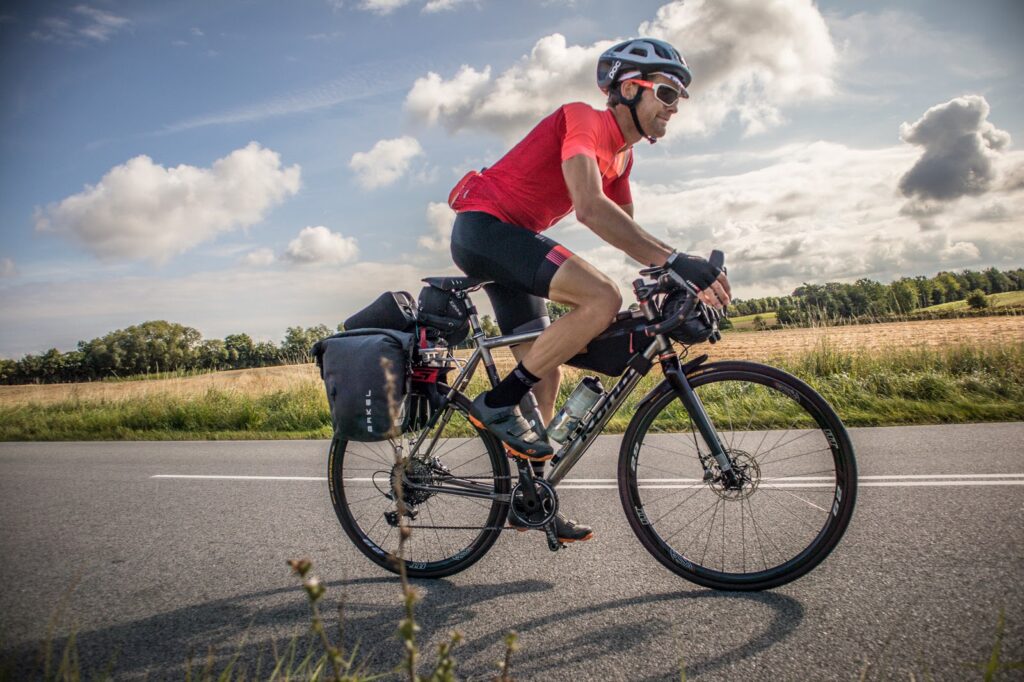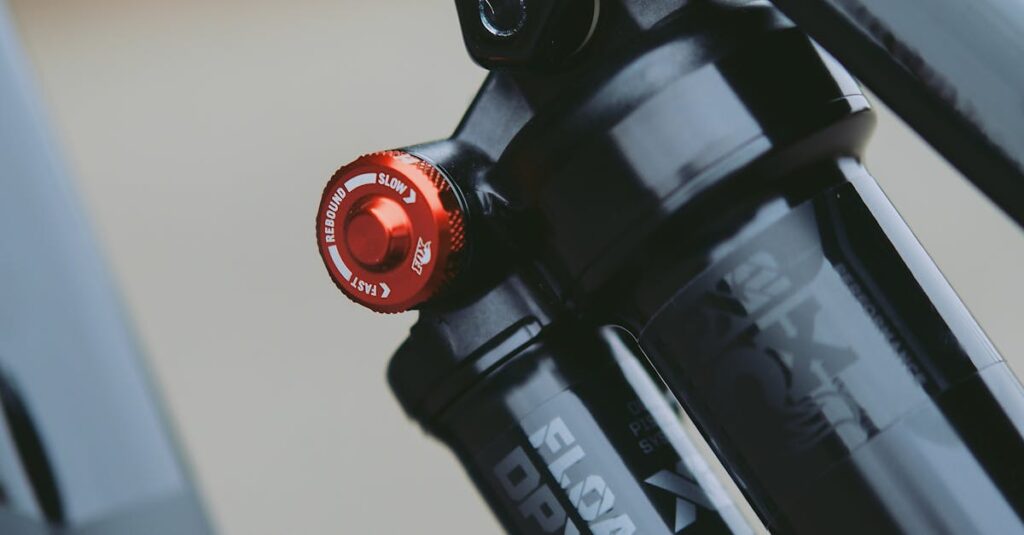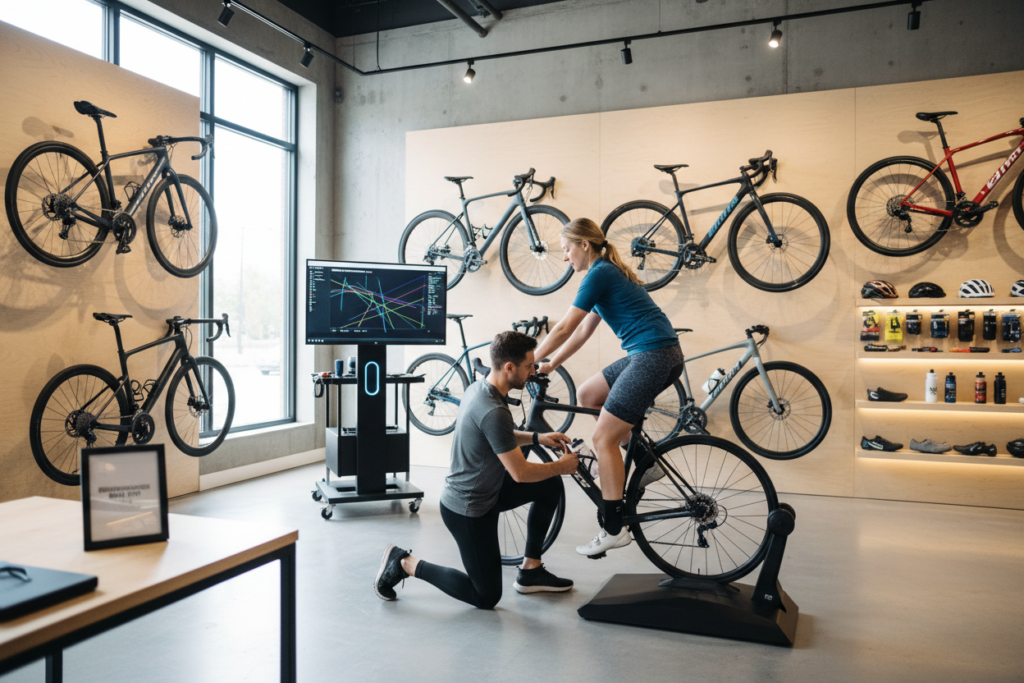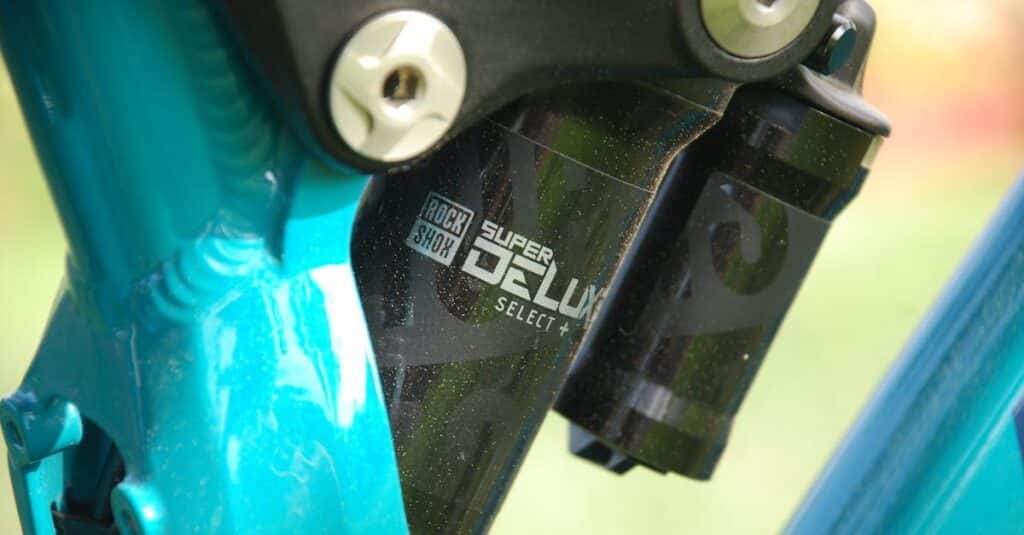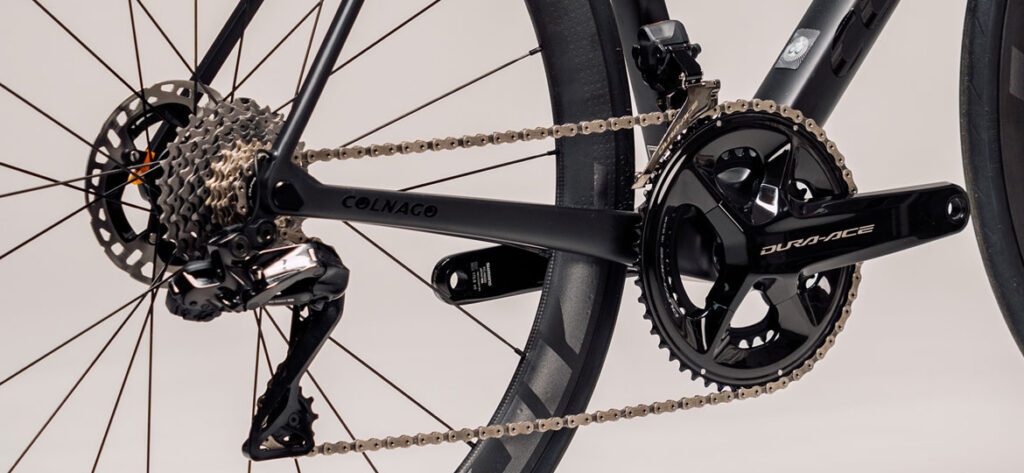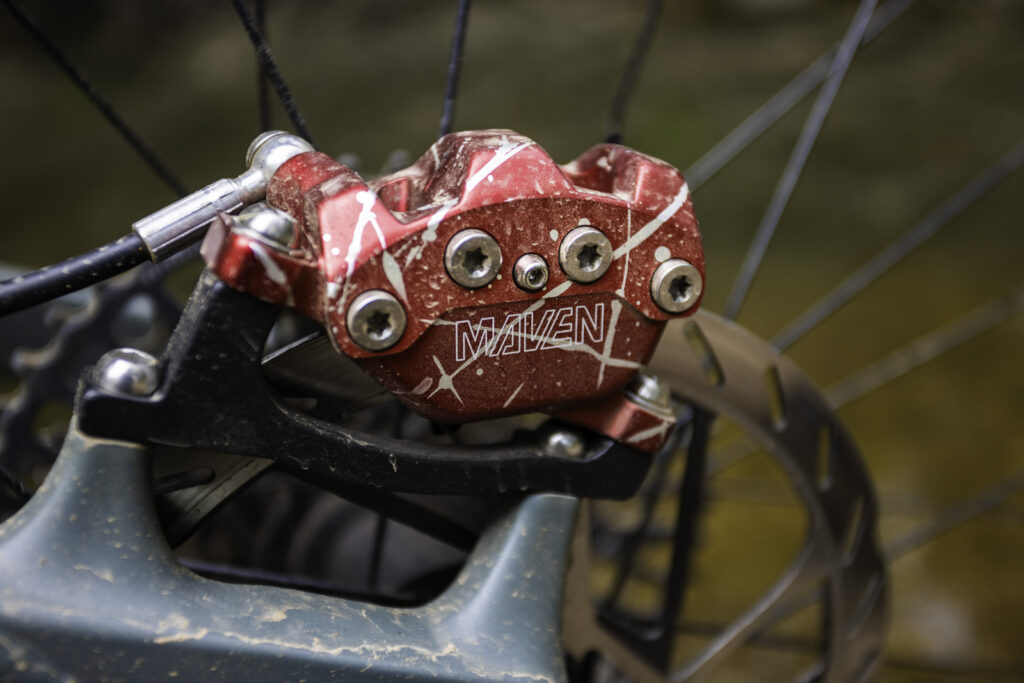How to Plan, Pack, and Ride for the Journey of a Lifetime
There’s nothing like a bike tour.
The rhythm of the pedals, the changing scenery, and the satisfaction of self-powered travel make touring one of cycling’s purest adventures.
But success on the road isn’t about how fast you go — it’s about how prepared you are.
In this comprehensive guide, we’ll break down everything you need to plan, pack, and enjoy your next bike tour, from route planning to daily maintenance. Whether you’re crossing a continent or spending a weekend on quiet backroads, this is your complete roadmap to the ride of a lifetime.
1. What Is Bike Touring?
Bike touring is long-distance cycling that combines travel, camping (or lodging), and self-sufficiency. It’s about riding to explore, not just exercise.
There are three main types of touring in 2026:
| Type | Description | Best For |
|---|---|---|
| Traditional Touring | Racks and panniers, paved roads, hotels or campsites | Road-based travel |
| Bikepacking | Lightweight bags, gravel and dirt trails, minimalist setup | Off-road and adventure touring |
| Credit-Card Touring | Light load, overnight stays in hotels or B&Bs | Fast travel with comfort |
All share one key idea: freedom on two wheels.
2. Choosing the Right Touring Bike
Your bike is your home on the road. Choosing wisely makes the difference between an enjoyable journey and a frustrating one.
Frame Material
- Steel: Comfortable, durable, repairable worldwide (e.g., Surly Disc Trucker, Kona Sutra).
- Aluminum: Lighter and more affordable but harsher on rough roads.
- Titanium: Expensive, but virtually indestructible.
- Carbon: Rare for touring due to fragility and limited load tolerance.
Geometry
Touring bikes have long wheelbases for stability, relaxed angles for comfort, and mounting points for racks and bottles.
Wheels
- 700c: Faster and smoother on paved roads.
- 650b / 27.5″: More tire clearance and comfort off-road.
- 26″: Common in remote areas due to global tire availability.
Key Touring Bikes (2026)
| Model | Brand | Highlights |
|---|---|---|
| Sutra LTD | Kona | Steel frame, adventure geometry |
| Disc Trucker | Surly | Proven long-haul classic |
| Co-Motion Deschutes | Co-Motion | Handbuilt quality |
| Cannondale Topstone | Cannondale | Gravel versatility |
| Trek 520 | Trek | Historic touring workhorse |
3. Essential Touring Gear Checklist
Core Bike Setup
- Rear rack + panniers or bikepacking bags
- Full-coverage fenders (optional, but highly recommended)
- Bottle cages (2–3 minimum)
- Dynamo hub or USB charger (for long trips)
- Lights: high-output front and rear
Navigation
- GPS unit or smartphone with offline maps (Komoot, RideWithGPS, Gaia GPS)
- Paper maps as backup
- Compass and pen for journaling routes
Repair Kit
| Item | Purpose |
|---|---|
| Multitool | Basic repairs and adjustments |
| Chain breaker | On-the-road drivetrain fixes |
| Tire levers | Flat repair |
| Spare tubes & patch kit | Flats happen — bring two minimum |
| Mini pump or CO₂ inflator | Air anywhere |
| Spare brake pads | Wear faster under load |
| Spare spokes (pre-sized) | Rear driveside is most likely to break |
| Chain lube | Reapply every few days |
| Zip ties & duct tape | Quick fixes for bags or racks |
Safety & Electronics
- Helmet (touring or gravel style)
- Power bank (10,000–20,000 mAh)
- Plug adapters for charging overseas
- Front/rear lights with daytime flash mode
- Reflective tape on panniers
Camping & Sleeping Gear
| Category | Essential Gear |
|---|---|
| Tent | 3-season lightweight (MSR Hubba, Big Agnes Copper Spur) |
| Sleeping Bag | Down or synthetic 30–40°F comfort |
| Sleeping Pad | Inflatable or foam for insulation |
| Cooking Kit | Stove (isobutane or alcohol), pot, spork |
| Food Storage | Lightweight dry bags or bear-safe canister |
| Water Filtration | Sawyer Mini, Katadyn BeFree, or tablets |
| First Aid Kit | Compact travel version |
| Microfiber Towel | Dries fast and doubles as multipurpose cloth |
Clothing
- 2–3 moisture-wicking jerseys
- 2 pairs of padded shorts
- Lightweight rain jacket
- Insulating layer (synthetic or merino)
- Flip-flops or camp shoes
- Gloves (cycling + light liner)
- Cap or buff for sun protection
- Sunglasses with UV protection
Pro Tip: Avoid cotton — it absorbs moisture and dries slowly. Stick to synthetics or merino wool.
4. Packing Strategy
The Golden Rule:
Pack light — then remove 20%.
Every pound adds up when climbing hills or pushing against headwinds.
Weight Distribution
- Front panniers: 40% of load (heavier items low and forward).
- Rear panniers: 60% of load (tent, sleeping gear).
- Handlebar bag: Snacks, phone, map, sunscreen, wallet.
- Seat bag: Tools or clothes if bikepacking.
Keep frequently used items accessible — jacket, snacks, camera, or phone.
Water Management
Carry at least 3 liters — more in hot climates.
Refill often; rivers and cafes are your friends.
5. Nutrition and Hydration on Tour
Touring burns thousands of calories a day. The key is consistent intake.
Simple Fueling Strategy
- Breakfast: High-carb + protein (oats, nut butter, fruit).
- Snacks: Every 45–60 minutes (nuts, energy bars, jerky).
- Lunch: Something portable (wraps, sandwiches).
- Dinner: Replenish calories and salt (pasta, rice, canned beans).
Hydration
- Aim for 1 bottle per hour in moderate temps.
- Add electrolytes in hot or high-altitude conditions.
- Carry purification backup for remote zones.
Pro Tip:
A small thermos for coffee or soup can lift morale on long, cold rides.
6. Training and Conditioning
You don’t need to be an athlete to tour — but you do need endurance and consistency.
Pre-Tour Prep
- Ride 3–4 times per week for 6–8 weeks before departure.
- Include at least one loaded ride each week.
- Train hills — touring is 80% endurance, 20% mindset.
Mental Preparation
Bike touring can be lonely or repetitive. Learn to enjoy solitude and problem-solving.
Remember — flexibility is your greatest tool.
7. Route Planning and Logistics
Choosing a Route
Think in terms of time, terrain, and traffic.
| Type | Description | Example |
|---|---|---|
| Road Touring | Pavement, towns, frequent stops | Pacific Coast Highway, Route 1 |
| Gravel Touring | Mix of paved and unpaved | Great Divide Route |
| International Touring | Multi-country travel | EuroVelo, Silk Road routes |
Mileage Planning
Average 40–70 miles (65–110 km) per day depending on terrain.
Always plan shorter days early, allowing time to adapt.
Navigation Tools
- Komoot and RideWithGPS for detailed offline maps.
- Google Maps (Cycling mode) for short daily adjustments.
- Adventure Cycling Association for curated North American routes.
8. Bike Maintenance on the Road
Touring bikes are built to be maintained anywhere — but knowing the basics is vital.
Daily Routine
- Check tire pressure.
- Wipe and lube chain as needed.
- Inspect bolts and quick releases.
- Clean drivetrain in dusty or wet conditions.
Common Fixes
| Issue | Likely Cause | Fix |
|---|---|---|
| Sloppy shifting | Cable stretch | Adjust barrel tension |
| Brake rub | Rotor warp or misalignment | Re-center caliper |
| Broken spoke | Load imbalance | Replace or tie off for emergency |
| Squeaky chain | Dry conditions | Apply fresh lube |
| Flat tire | Puncture or pinch | Patch or replace tube |
Field Repair Tip:
Learn to fix a chain — a quick link and mini chain tool can save your trip.
9. Camping and Lodging Strategy
You don’t need to camp every night — touring is about flexibility.
| Option | Pros | Cons |
|---|---|---|
| Campgrounds | Affordable, amenities | Can be crowded |
| Wild camping | Free, scenic, adventurous | Requires discretion |
| Warmshowers hosts | Community-based hospitality | Must coordinate ahead |
| Hotels / B&Bs | Comfort, charging, showers | Expensive over long tours |
Safety and Courtesy
- Follow Leave No Trace principles.
- Always ask before camping on private land.
- Use a small headlamp and keep noise down at night.
10. Budgeting Your Tour
Touring costs vary widely depending on your approach.
| Touring Type | Daily Cost | Notes |
|---|---|---|
| Bikepacking (camping) | $25–$45 | Groceries + camp fees |
| Credit Card Touring | $70–$120 | Meals and lodging |
| International Touring | $30–$60 | Regional variance |
Budget extras for:
- Gear wear and tear
- Emergency funds
- Border or ferry crossings
Saving Tips
- Buy food in bulk and cook yourself.
- Wild camp when safe and legal.
- Maintain your bike to avoid costly repairs.
11. Safety and Security
Personal Safety
- Follow traffic laws; use lights even during the day.
- Carry ID, insurance, and emergency contact.
- Trust instincts — if an area feels unsafe, keep moving.
Bike Security
- Use a U-lock + cable combo.
- Bring your bike inside overnight if possible.
- GPS trackers like Apple AirTag or Tile can help recover lost bikes.
Insurance
Look into travel or bike insurance that covers theft and accident replacement.
12. Touring in 2026 — What’s Changed
Modern touring blends analog freedom with digital convenience.
Tech Advancements
- Solar charging panels fit directly on panniers.
- Ultra-light tents under 2 lbs.
- Waterproof USB hubs and power banks for e-bike integration.
- Smart GPS apps track weather, detours, and elevation profiles offline.
E-Bike Touring
Electric touring is booming in 2026. E-bike systems from Bosch, Shimano, and Mahle make long-distance trips accessible to older or new riders.
Key Considerations:
- Plan charging stops daily.
- Carry a compact charger.
- Avoid overloading racks — batteries are heavy.
13. Touring Mindset: The Real Secret
No gear list matters without the right mindset.
Bike touring teaches patience, problem-solving, and appreciation.
You’ll encounter headwinds, rain, and wrong turns — but also sunsets you’ll never forget and people who restore your faith in kindness.
Mantras for the Road
- “Slow is still progress.”
- “You’re not lost — you’re exploring.”
- “Comfort is earned.”
Touring isn’t about conquering miles — it’s about finding joy in motion.
14. Sample Touring Setup (Midweight)
| Item | Weight | Notes |
|---|---|---|
| Bike (steel frame) | 28 lbs | Loaded touring geometry |
| Rear panniers (gear) | 20 lbs | Tent, bag, pad |
| Front panniers | 15 lbs | Food, tools, clothes |
| Handlebar bag | 3 lbs | Snacks, electronics |
| Water & bottles | 6 lbs | 3L total |
| Total Load | 72 lbs | Typical for 2–3 week trip |
15. Environmental Impact
Modern cyclists care about sustainability — and touring is one of the greenest ways to travel.
Tips to minimize footprint:
- Use reusable containers and utensils.
- Filter water instead of buying plastic bottles.
- Leave campsites cleaner than you found them.
- Support local businesses and farms along your route.
Every pedal stroke powered by food, not fuel, helps you travel lighter on the planet.
Verdict: The Freedom of the Open Road
Bike touring is more than a ride — it’s an experience that reshapes how you see the world.
Diamondback, Trek, Kona, and Surly all make excellent touring options — but your preparation, attitude, and curiosity matter most.
Whether you’re pedaling down Highway 101 or tracing the Andes, you’ll find something rare: freedom at your own pace.
Bike Touring 2026: Prepare well, pack smart, and pedal with purpose.
Related Content:
- Best Commuter Bikes
- Best Road Bikes Guide
- How To True A Bike Wheel
- Best Gravel Bikes Guide
- Best Touring Bikes Guide
Why Trust This Guide?
BestBikeBrands is built by lifelong cyclists with decades of real-world experience — in the shop, on the trail, and behind the wrench. Our goal is simple: to help riders choose the best bikes and gear with confidence, backed by expert insights and hands-on testing. Learn more about us →
